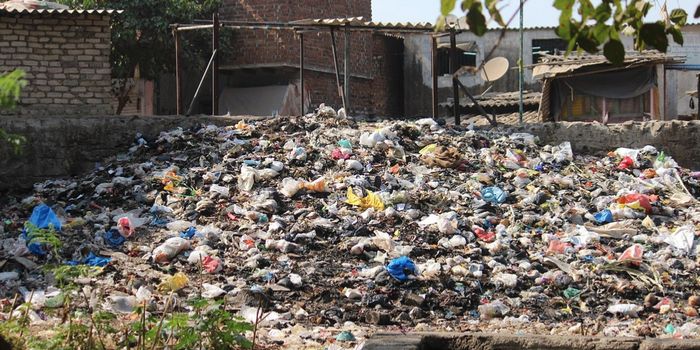Want to save the bees? Stop cutting your lawn
Want to save the bees? Stop cutting your lawn.
According to a new study published in Biological Conservation, suburban residents can help out declining bee populations by taking a break from their lawn-mowing duties, choosing to mow every other week, or once a month, instead of weekly. Ecologist Susannah Lerman at the University of Massachusetts Amherst and the USDA Forest Service says that adopting such a “lazy lawn mower” strategy can provide bees, butterflies, and other pollinators with crucial habitat, as it allows lawn flowers to bloom. Plus, she adds, "Mowing less frequently is practical, economical and a timesaving alternative to replacing lawns or even planting pollinator gardens."
Lerman and her team looked at 16 different homes in Springfield, MA over two years. The homeowners were split into groups with distinct mowing schedules: mow every week, every two weeks, or every three weeks. The scientists then sampled each lawn to see the response from bees and other pollinators, measuring bee abundance, richness, and evenness.
The researchers found that the lawns that were on the every-three-weeks schedule had 2.5 times more lawn flowers than the other lawns. And while the lawns on the every-two-weeks schedule had the greatest number of bees, they also had the lowest diversity of lawn flowers. Overall, the team observed a total of 4,587 bees within 93 different species.
“We suggest these patterns were driven by a combination of more abundant floral resources (compared with 1-week yards), easier access to lawn flowers due to shorter grass and a more drastic impact on grass biomass and floral resources (compared with 3-week yards), and the dominance of a few generalist bees overwhelming our samples, thus driving richness and evenness,” write the authors.
In the study, lawn flowers refer to species such as clover and dandelions that grow in the grass. These species are considered weeds and homeowners often attempt to eradicate for them aesthetic purposes. But interestingly enough, pollinators love lawn flowers just as much as ornamental flowers and keeping them for longer could provide a great opportunity for creating a more biodiverse and thriving ecosystem in your own backyard.
Bee populations have been on the steady decline around the world, in part because of habitat loss and widespread use of pesticides called neonicotinoids. That’s a concern for us, because if bees go extinct, 75% of our crops would suffer in productivity. Though the subset in this study was small and more investigation is needed in order to know if its findings are consistent, the “lazy lawn mower” method suggests an easy way that the ordinary person can make a difference in the fight to save bees. Co-author Joan Milam exclaimed, "I was amazed at the high level of bee diversity and abundance we documented in these lawns, and it speaks to the value of the untreated lawn to support wildlife."
Sources: Science Daily, Biological Conservation









